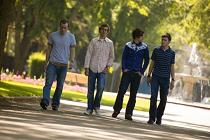Page Not Found
The page you requested cannot be found. The website has recently been updated. Your page may be temporarily unavailable or may have moved.
Page introuvable
La page que vous avez demandée est introuvable. Le site Web a été mis à jour dernièrement. Votre page n'est pas disponible en ce moment ou a été enlevée.

